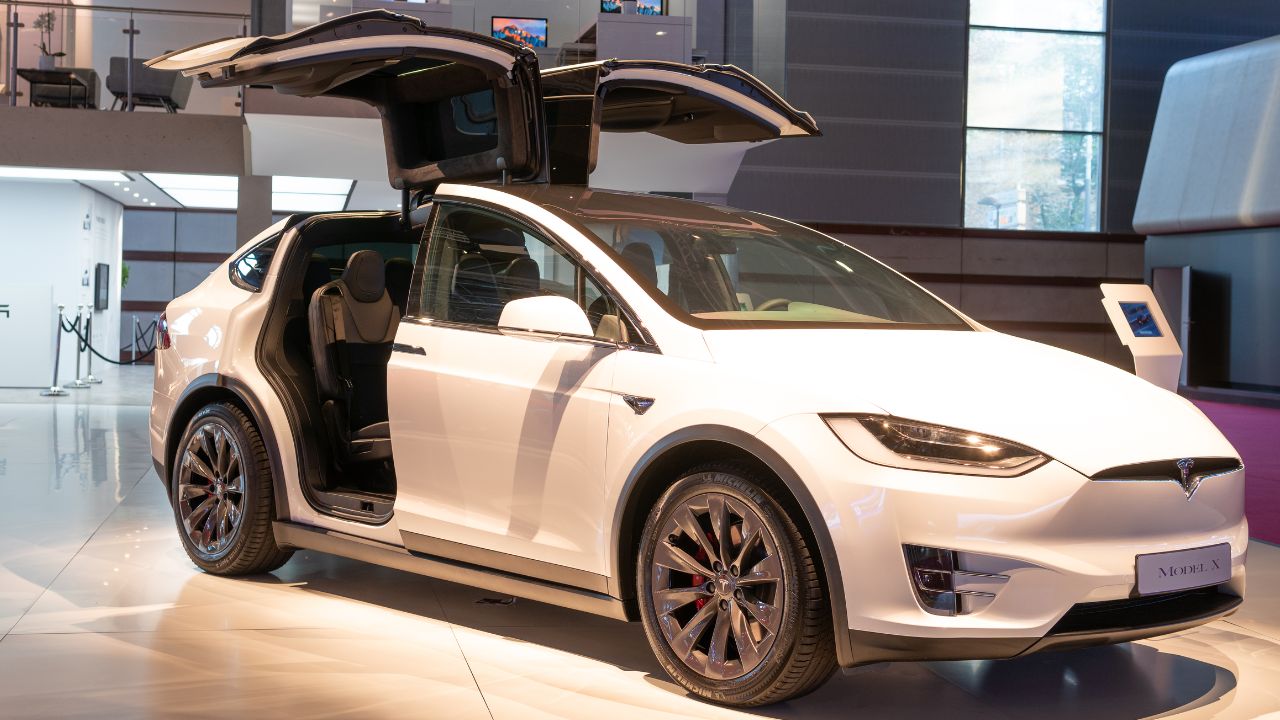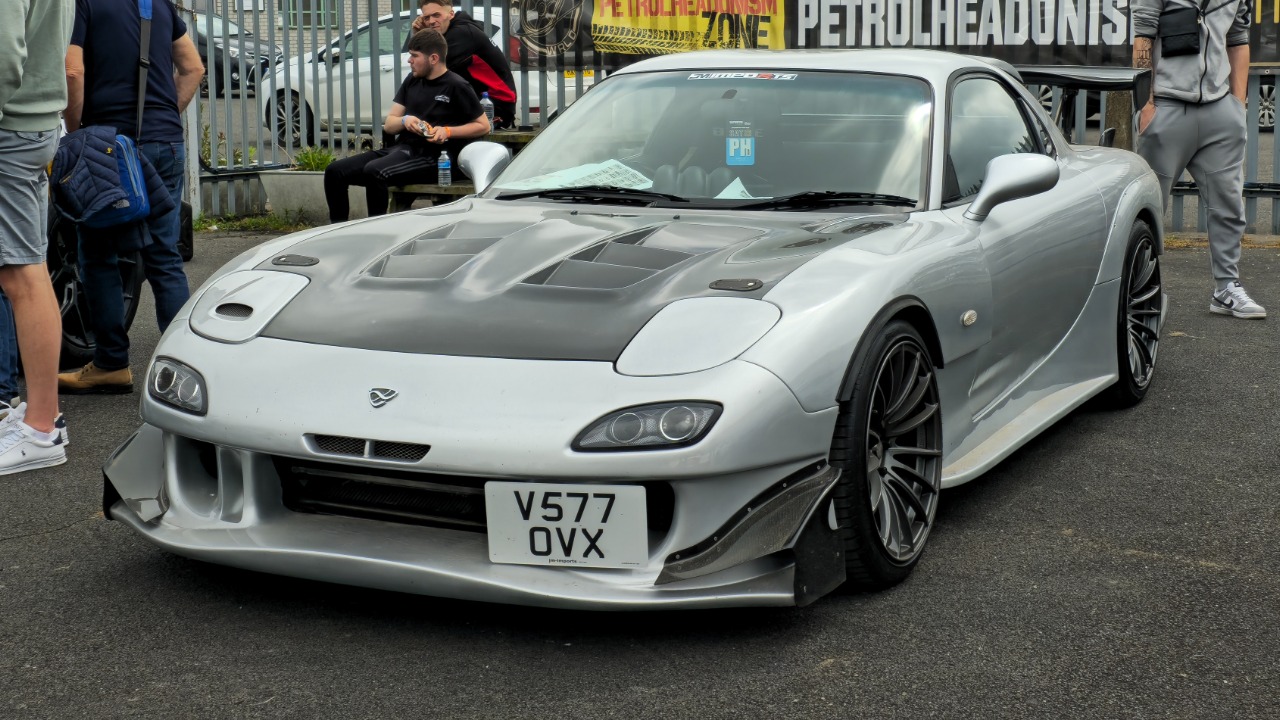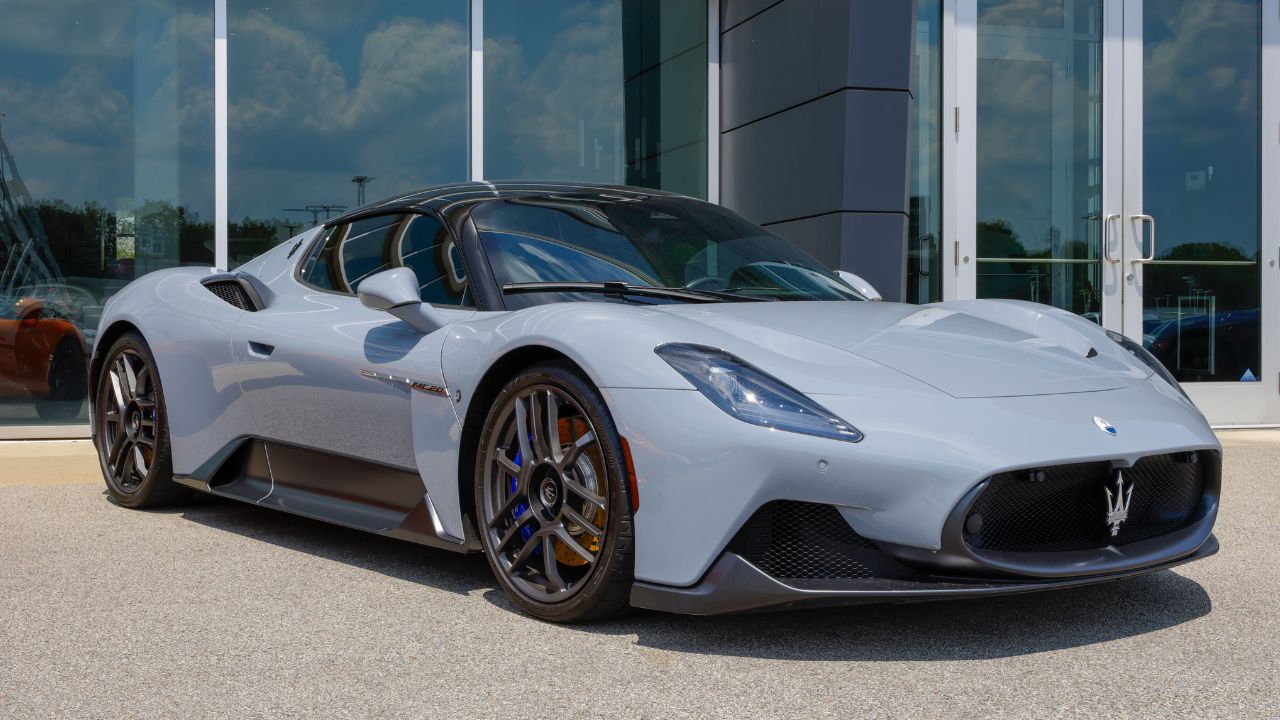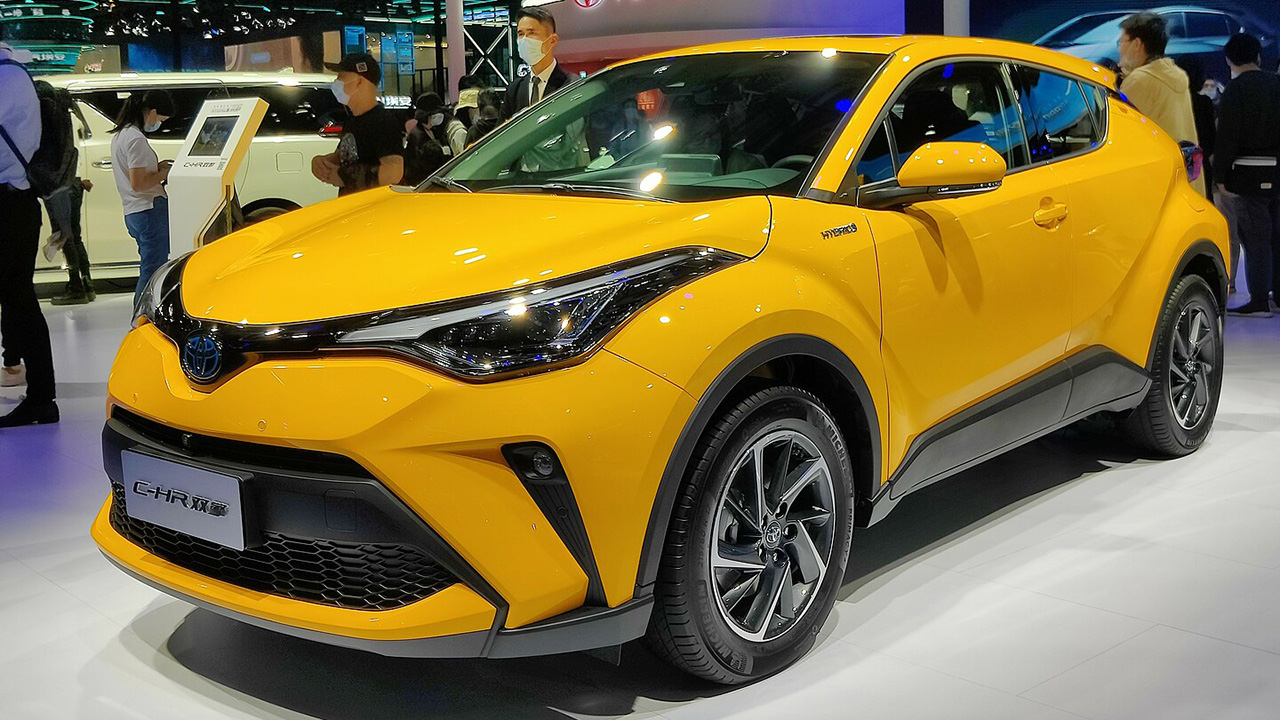Tesla’s innovative door designs, such as the Falcon Wing doors on the Model X, have captured the public’s imagination and sparked discussions about functionality and aesthetics. However, these eye-catching features may come with unintended consequences that impact usability, safety, and the overall ownership experience.
The Allure of Tesla’s Door Designs
Tesla’s commitment to innovation is clearly reflected in its door designs, which often serve as a statement of the brand’s forward-thinking ethos. The Falcon Wing doors, for instance, are not only visually striking but also incorporate advanced engineering to maximize passenger accessibility from the second row. This design philosophy resonates with consumers who appreciate cutting-edge technology and unique aesthetics. The sleek, futuristic appearance of these doors has turned heads and garnered attention, reinforcing Tesla’s image as a leader in the electric vehicle market.
Public perception of Tesla’s door designs has been overwhelmingly positive, as seen in numerous media reports and social media discussions. Many consumers view the Falcon Wing doors as a symbol of luxury and innovation, elevating the overall image of the Model X. This positive buzz contributes to Tesla’s market differentiation, allowing it to stand apart from traditional automakers. The doors have become an integral part of Tesla’s brand identity, enhancing its appeal to tech-savvy and environmentally conscious consumers alike.
Functional Challenges of Fancy Doors
Despite their appeal, Tesla’s unique door designs present functional challenges that can limit usability in practical scenarios. One of the most significant issues is accessibility, particularly in tight parking spaces where the Falcon Wing doors require ample clearance to open fully. Owners have reported difficulties when parking in crowded lots, as the doors may not be able to function without causing inconvenience to adjacent vehicles. This limitation can detract from the overall ownership experience and may lead some potential buyers to consider more traditional door designs.
Mechanical concerns also arise with Tesla’s sophisticated door mechanisms. The complexity of the Falcon Wing doors means that they may face reliability issues over time. Reports of malfunctioning doors, particularly during extreme weather conditions, have surfaced among owners. For instance, some Model X owners have experienced difficulties when snow or ice accumulates around the doors, preventing them from opening properly. These mechanical challenges can lead to increased maintenance costs and dissatisfaction among owners who expect seamless functionality.
Safety Implications
The unconventional designs of Tesla’s doors may also have safety implications, particularly in emergency situations. The Falcon Wing doors, while visually stunning, can hinder quick exits from the vehicle during emergencies. In the event of a crash or fire, the time taken to open these doors could potentially increase the risk to occupants. Additionally, the unique opening mechanism might pose challenges for first responders trying to access the vehicle. It raises questions about whether the benefits of such designs outweigh the potential hazards in critical situations.
Child safety is another concern related to these innovative doors. Parents may worry about the risk of accidental closure, especially with young children who may not fully understand how to operate them. While Tesla has implemented safety features to prevent doors from closing on occupants, the inherent risks associated with complex door systems remain. Furthermore, crash test ratings can be influenced by the design and operation of these doors, affecting overall safety assessments and insurance premiums. Thus, while Tesla’s doors attract attention, they also bring important safety considerations to the forefront.

Ownership Experience and Customer Feedback
The real-world experiences of Tesla owners reveal a mixed bag when it comes to the practicality of the door systems. Many owners appreciate the unique aesthetic and the convenience of the Falcon Wing doors in specific situations, such as allowing easy access to the rear seats. However, others have reported frustrations with day-to-day usability. Testimonials from owners indicate that while the doors can be a conversation starter, they can also become a source of annoyance in everyday scenarios, particularly when navigating tight spaces or dealing with weather-related issues.
Repair and maintenance costs for Tesla’s unique door systems can also be a concern for owners. The complexity of the mechanisms means that repairs can be costly and time-consuming. Some owners have reported spending significant amounts on repairs after experiencing door malfunctions, which can lead to frustration and dissatisfaction with the overall ownership experience. Moreover, the resale market for Tesla vehicles may also be affected by perceptions of value associated with these door designs. While some buyers may see the unique doors as a premium feature, others may view them as a liability, impacting resale values.
Future of Door Innovations in the Automotive Industry
The future of door innovations in the automotive industry is likely to be heavily influenced by Tesla’s designs. As the automotive landscape continues to evolve, other manufacturers are beginning to explore their own unique door solutions. For example, the BMW i3 features rear-hinged doors that allow for easier access to the back seat, addressing some of the same challenges faced by Tesla’s Falcon Wing doors. This competitive landscape suggests that automakers are keen to incorporate innovative designs while balancing functionality and safety.
Sustainability considerations are also becoming increasingly important in the context of automotive design. As the industry shifts toward greener solutions, there is potential for eco-friendly materials and designs to play a significant role in future door innovations. Tesla has already begun exploring sustainable materials in its vehicle production, and it is likely that other manufacturers will follow suit. This focus on sustainability could lead to the development of door designs that are not only visually appealing but also environmentally responsible.
Like Fast Lane Only’s content? Be sure to follow us.
Here’s more from us:
*Created with AI assistance and editor review.






Leave a Reply